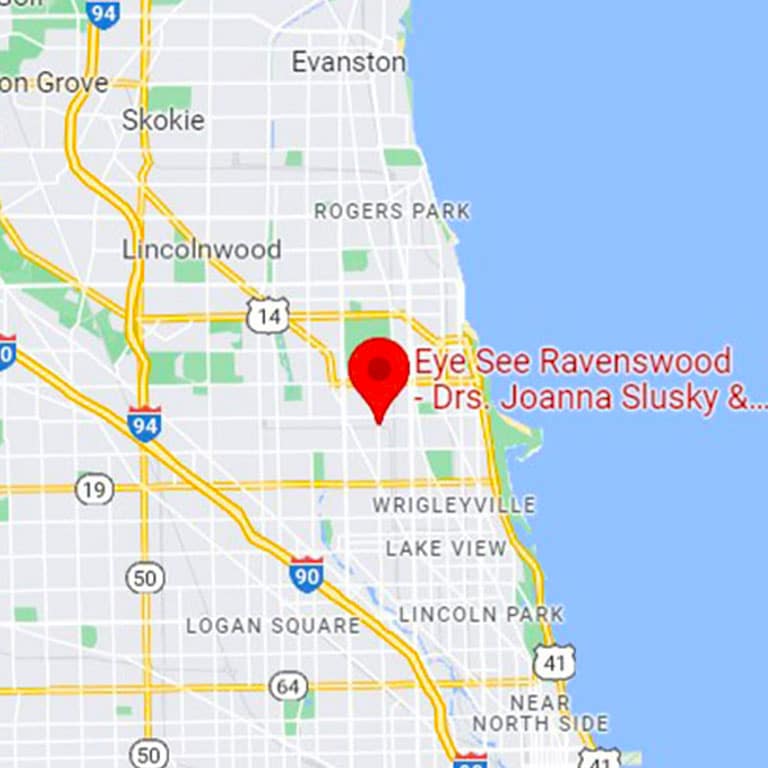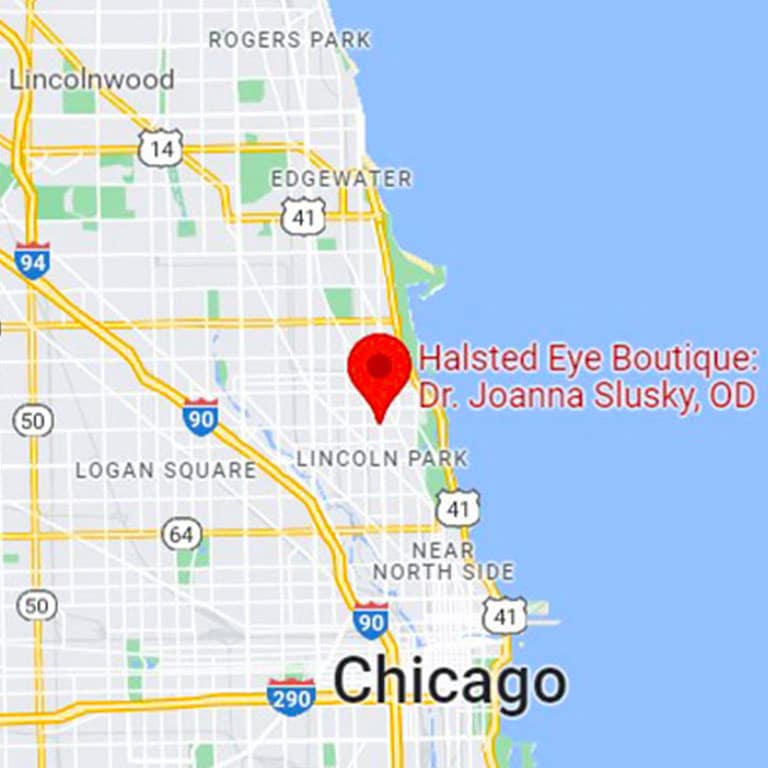Allergy Eyes

If you’re one of the millions of Americans affected by itching, redness, tearing, or burning eyes, you may want to visit Dr. Andrea J. Stein, an optometrist in the Ravenswood neighborhood of Chicago. Unlike nasal allergies, eye allergies are commonly overlooked as a serious condition. If you experience any symptoms, consult with Dr. Stein at Eye See Ravenswood by calling or booking an appointment online to learn how he can treat your eye allergy.
Eye allergies occur when certain allergens—like pollen and pet dander—cause your eyes to react. Eye allergies may cause:
- Red eyes
- Itchy eyes
- Watery eyes
- Burning eyes
- A clear discharge
You may experience one or all of these symptoms, which can be mild or severe. At times, they might also be accompanied by symptoms of nasal allergies, such as sneezing or a stuffy nose.
What are specific eye allergy triggers?
Many common allergens exist both indoors and outdoors. Some specific triggers that your eyes may be sensitive to include:
- Outdoor allergens: pollens from grass, trees, and weeds
- Indoor allergens: pet dander, dust mites, and mold
- Irritants: cigarette smoke, perfume, and diesel exhaust
You can take measures to avoid triggers during times of high pollen by:
- Keeping your windows closed
- Wearing glasses or sunglasses
- Using the air conditioner
If you’re still affected, you can purchase over-the-counter relief medications or, in more severe cases, visit Dr. Stein for more effective prescription medications.
How do eye allergies develop?
Eye allergies affect each patient differently, depending on how sensitive your immune system is to certain allergens. Unfamiliar particles in the environment cause allergic reactions by coming into contact with the antibodies in your eyes. Those cells then respond by releasing histamine and other chemicals that cause the tiny blood vessels to leak and create eye allergy symptoms.
These symptoms can often be confused with those of eye diseases, making a proper diagnosis crucial for appropriate treatment.
What are the different types of eye allergies?
There are various forms of eye allergies, ranging from mild to severe. The most common type is seasonal allergic conjunctivitis (SAC), which depends on the specific season and ensuing pollen that affects certain individuals. Patients might seek relief for their uncomfortable but common symptoms, including itching and redness. Rubbing your eyes might be tempting, but doing so increases your risk of infection.
Perennial allergic conjunctivitis (PAC) prompts the same symptoms as SAC, but is milder, except that this type of allergy affects patients year-round. It’s also usually a reaction to indoor allergens such as dust mites or pet dander, as opposed to pollen.
Vernal keratoconjunctivitis and atopic keratoconjunctivitis refer to two types of more severe eye allergies, with serious symptoms affecting the patient year-round and potentially worsening seasonally. Symptoms include:
- Itching
- Significant tearing
- Significant production of thick mucus
- Foreign body sensations, where you constantly feel like something is in your eye
- Aversion to light
Left untreated, they can lead to impaired vision. Other types of serious eye allergies include contact allergic conjunctivitis and giant papillary conjunctivitis, which result most commonly from irritable contact lenses. Schedule an immediate appointment with Dr. Stein if you think you may be affected by a severe eye allergy.




